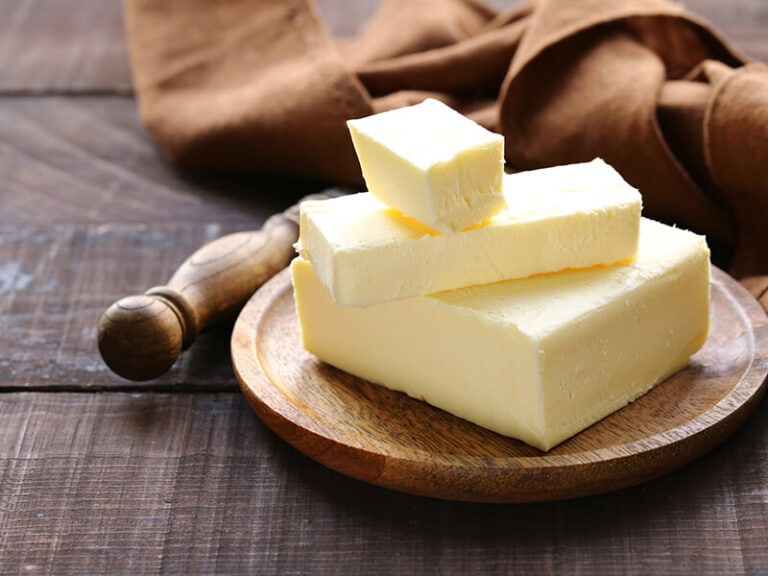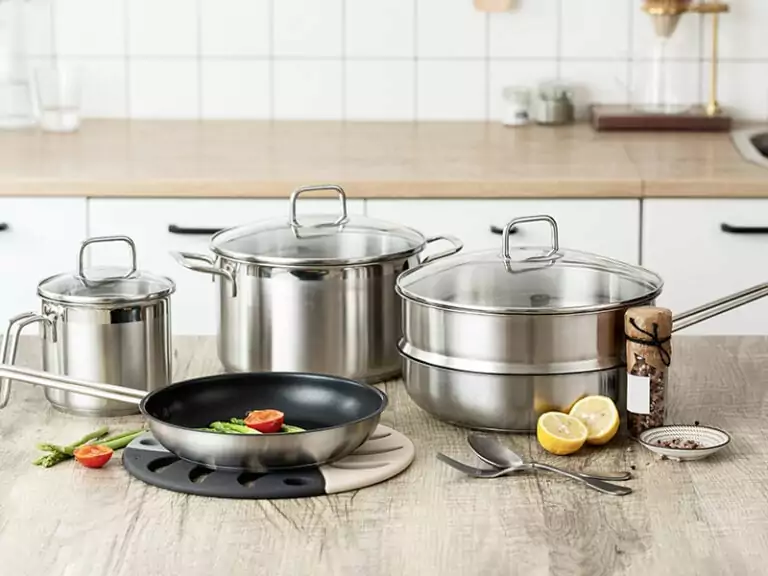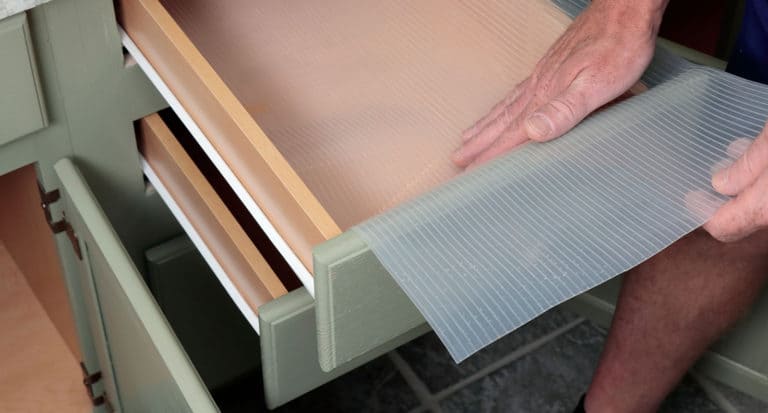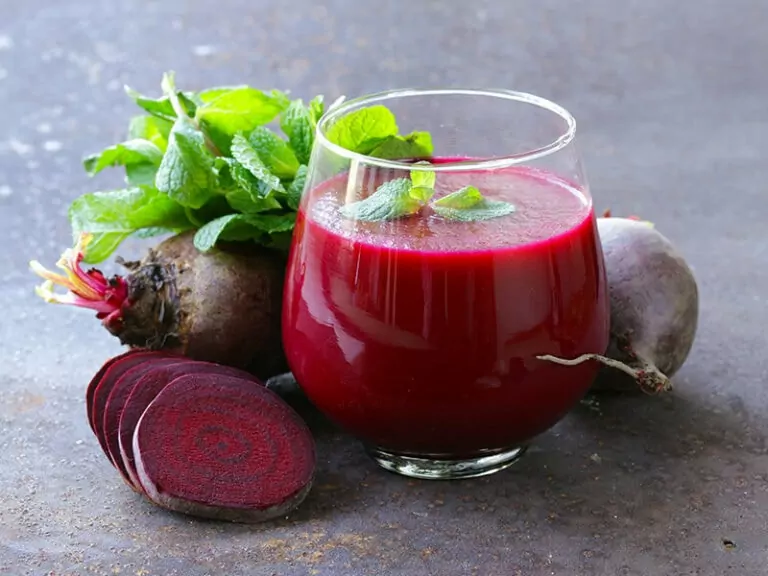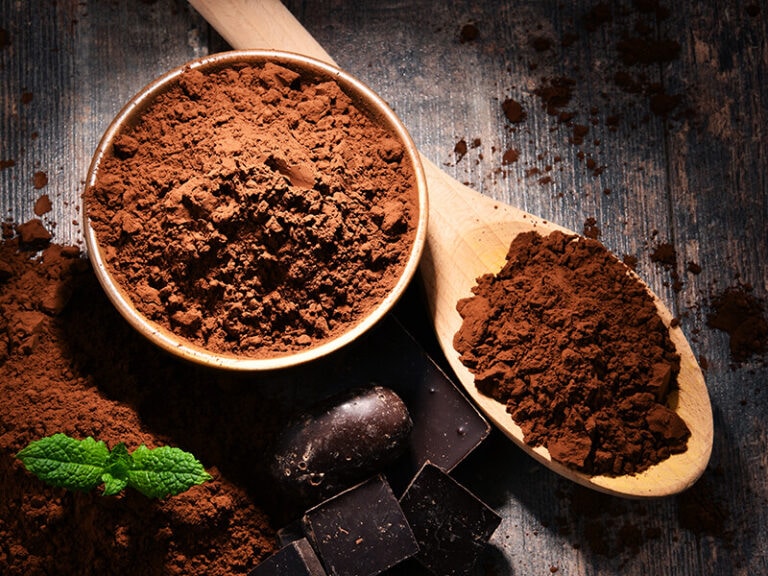Smoked paprika substitutes are helpful when you don’t have paprika at home. For that, this article is here to provide you with the best idea for replacing smoked paprika.
People who love spicy dishes tend to use smoked paprika to enhance the food flavor. However, this splendid condiment is not always around for you to use it. In these cases, smoked paprika substitutes come in to fill in that role. Also, when you run out of smoked paprika, you can use them instead.
These substitutes have their advantages and disadvantages. In this post, I will explain how to use smoked paprika substitutes and give tips for buying and storing them.
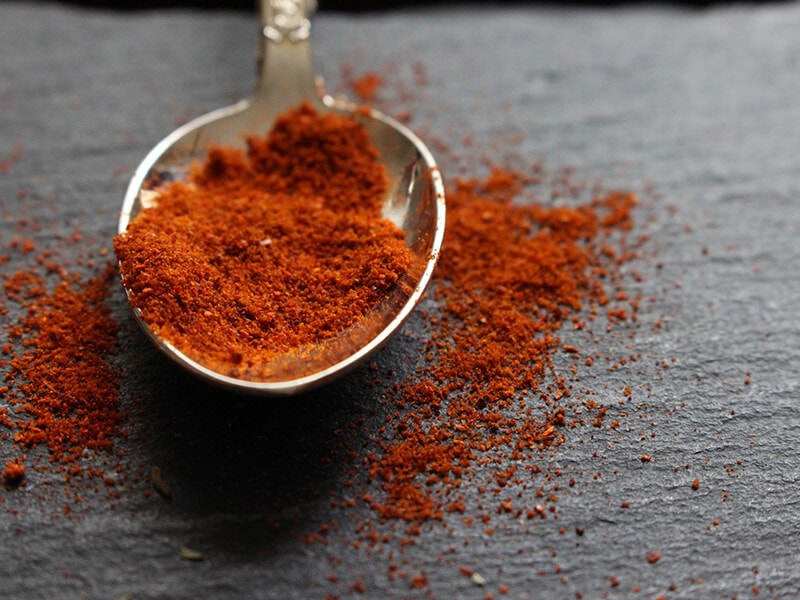
What Is Smoked Paprika?
Smoked paprika is pretty popular as a spice in the Mediterranean and Spain cuisine (1). It is also common in several Hungarian and other Central European dishes. In this section, I will reveal everything you can know about smoked paprika.
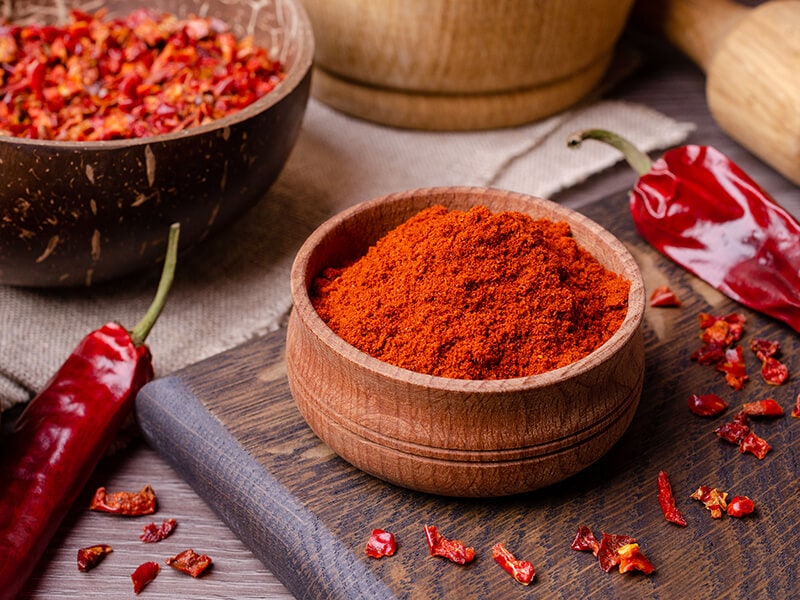
Smoked Paprika Origin
Smoked paprika is a Spanish delicacy produced from pimentón, a variant of pepper native to La Vera, Spain’s southwestern area. People smoke pimenton slowly with oak and then grind it finely. It has a deep orange-red color that stands out from other condiments.
This unusual spice has a distinct woodsy, smoky, and spicy flavor that differs from normal paprika. Sweet, fiery, and bittersweet are the smoked paprika’s properties. People use diverse pimento varieties to make smoked paprika.
Take a look at how your lovely smoked paprika comes into the world of condiment.
Smoke Paprika Purposes
Smoked paprika may provide a distinct and tasty edge to your cuisine while bringing out additional depth. You can use it sparingly to create a subtle taste or liberally to offer an intense flavor without dominating the food.
Furthermore, it provides certain health benefits such as improving heart and eye condition (2). Smoked paprika is an incredible spice that can improve the taste of any meat dish. The slightly spicy, smoky flavor of smoked paprika is ideal for a BBQ party.
Chicken Paprikash or Hungarian Goulash is an excellent choice to use smoked paprika with. Recently, many people have preferred this seasoning to other spices. You can also try different kinds of paprika as you wish.
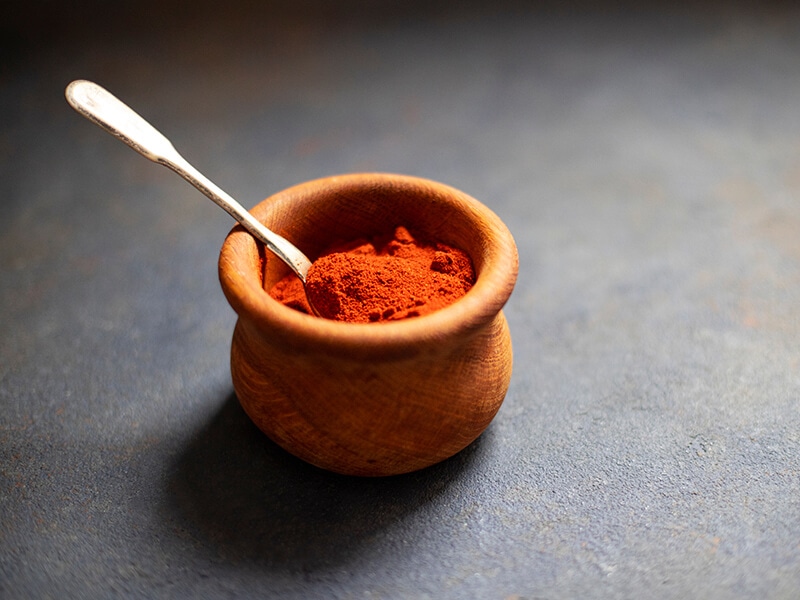
The Best Substitutes For Smoked Paprika
Many people love smoked paprika and use it for their daily meals. However, the smoky profile may deter some from enjoying this condiment. If you are one of them, the smoked paprika substitutes are what you need.
Remember, the following ratio is based on the 1:1 scale. For example, a 2:1 scale, meaning 2 tablespoons of the substitute, can replace 1 tablespoon of the smoked paprika.
Regular Paprika With Cumin
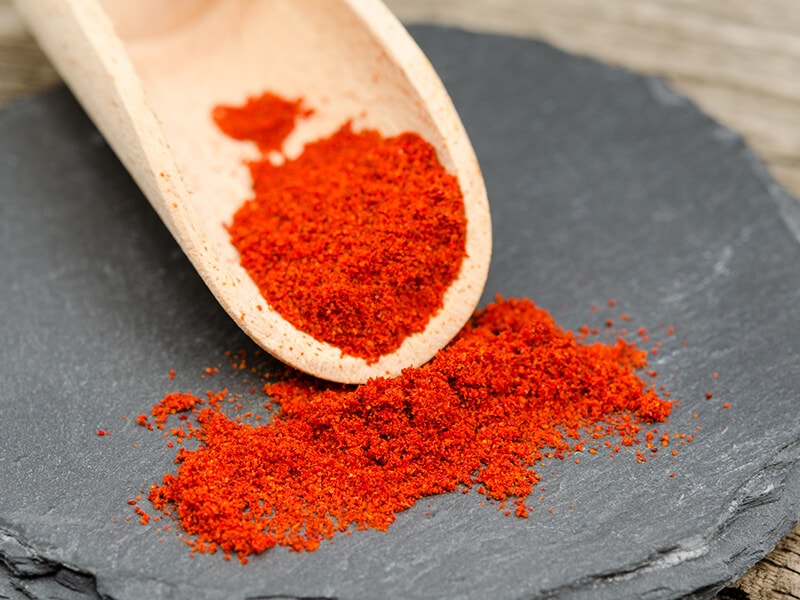
Regular paprika (sweet paprika) is a fantastic alternative to substitute smoked paprika. It has a note of sweetness and a mild heat level. However, it doesn’t contain the smoky flavor of smoked paprika.
You can combine two parts sweet paprika and one part cumin to make smoked paprika. This mixture is identical in appearance and taste to traditional smoked paprika.
For example, to mimic the flavor of 1 paprika tablespoon, blend ⅓ tablespoon of cumin and ⅔ tablespoon of sweet paprika. You can also add chili powder to regular paprika to give your food an extra burst of heat.
Chipotle Powder
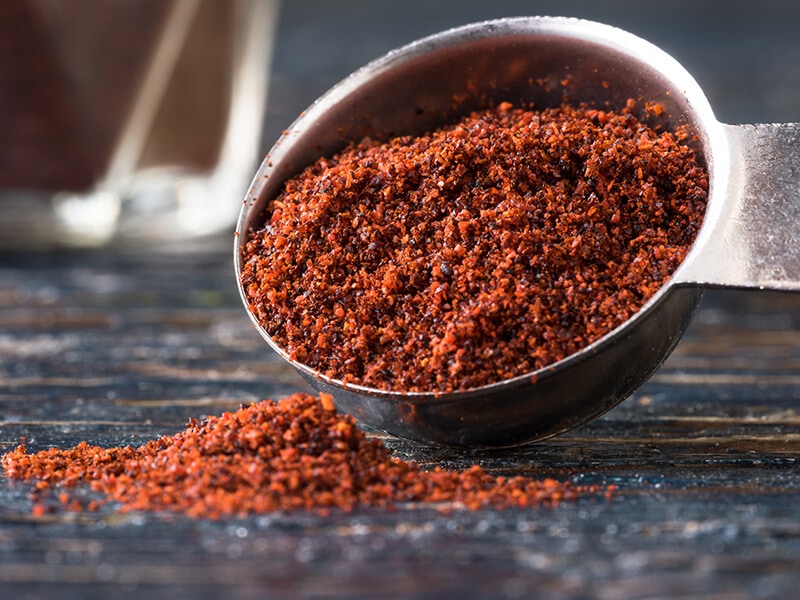
Chipotle powder is your best option if you’re seeking an alternative to smoked paprika for your recipes. It gives the product a deeper hue and a more intense taste.
Chipotle powder is manufactured with smoked dry jalapeño peppers, which have higher scores on the Scoville scale (spice level index) than paprika. Therefore, it has a better spiciness and earthiness than smoked paprika.
You must take caution when adding this powder to your recipes. You should only use a small quantity to prevent the chipotle powder from overpowering your dishes. You can use 1 tablespoon of chipotle powder to replace 1 tablespoon of smoked paprika.
Chili Powder And Ground Cumin
Though cumin is often used in large quantities in Mexican cuisine; it is a surprise substitute for smoked paprika. Cumin has a rich, earthy taste with a slightly smoky flavor. While the two spices may not taste identical, they share some similarities.
When substituting smoked paprika for cumin, the influence the color may have on a meal. If you add excessive smoked paprika, your foods may have a brilliant red color. Meanwhile, cumin can often produce a yellow tint.
Assuming you replace cumin with smoked paprika in a recipe, start with ½ the quantity listed to examine the taste. Otherwise, if you want to replace 1 tablespoon of smoked paprika, you can blend 1 tablespoon of ground cumin and 2 tablespoons of chili powder.
Liquid Smoke
If your recipe calls out for a smoky taste, but you don’t have any smoked paprika on hand, you can use liquid smoke as a suitable replacement.
People use high heat to burn hardwood sawdust or chips, such as mesquite or hickory. After that, you can collect the condenser of smoke, which is liquid smoke.
Even though liquid smoke does not have the same red color and taste as smoked paprika, it can lend a smoky flavor to your foods. If you wish to use liquid smoke, remember to use less quantity than smoked paprika since liquid smoke is more potent.
You should use half a tablespoon of liquid smoke for every tablespoon of smoked paprika. You may also add ½ a tablespoon of sweet paprika for color if you want.
Do you want to create liquid smoke at home? It is easier than you think.
Ancho Chili Powder
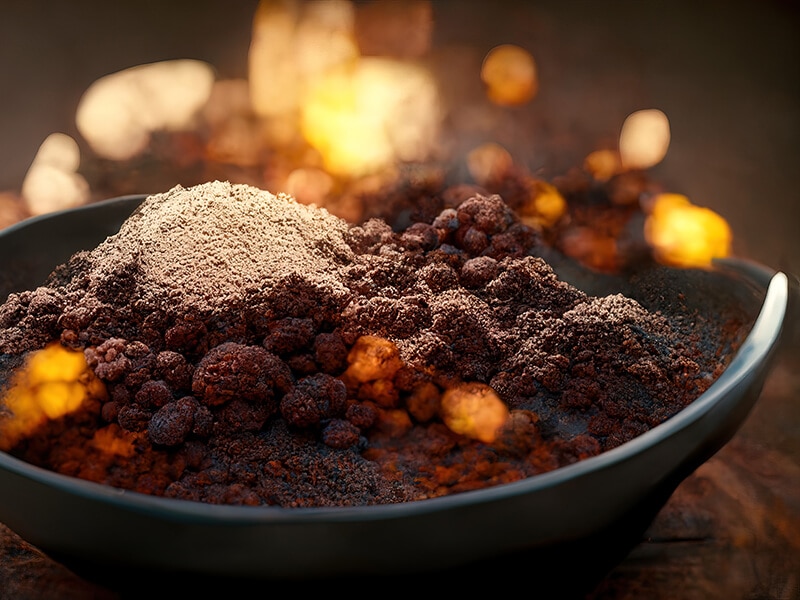
When you don’t have any smoked paprika available, then ancho chili powder is an excellent choice. People make ancho chili powder from dried poblano peppers. Since this spice has a reddish tint comparable to smoked paprika, it is a suitable replacement.
This type of pepper has a higher heat level than smoked paprika. Since ancho chili powder is not very spicy, it is a suitable seasoning for milder taste recipes. When you use ancho chili powder instead of smoked paprika, you may use a lower quantity, about ½.
For example, with each tablespoon of smoked paprika, you may use ½ tablespoon of ancho chili powder as a substitute.
Guajillo Pepper Powder
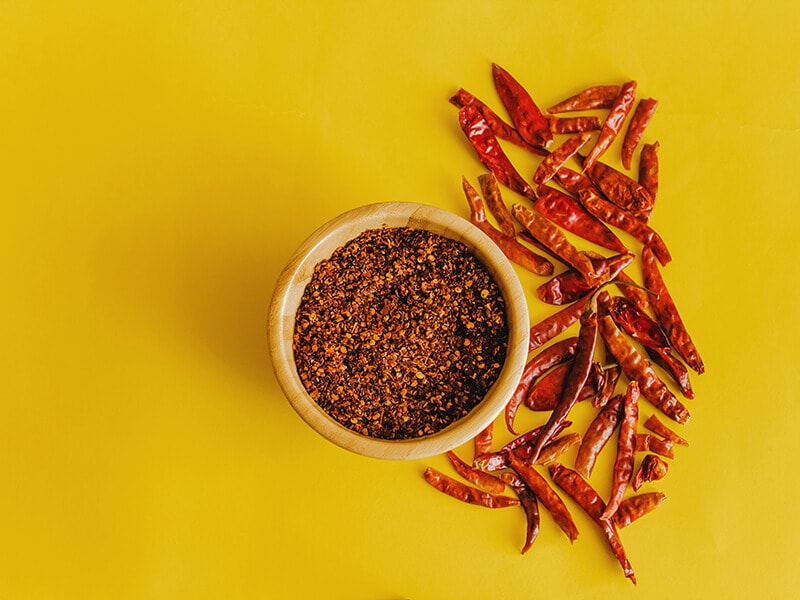
Guajillo pepper powder is commonly used in Mexican cooking. It is an outstanding choice for smoked paprika. Guajillo pepper powder mainly consists of Guajillo chiles, which provide a slight sweetness, smokiness, and fruitiness (resembling tomato and cranberry). It works particularly well with veggies and sauces.
Guajillo pepper powder is mildly spicy. It is equivalent to jalapeños on the Scoville scale, making it a gentler option. Simply replace a tablespoon of Guajillo pepper powder with each tablespoon of smoked paprika specified in the recipe.
Cajun Seasoning
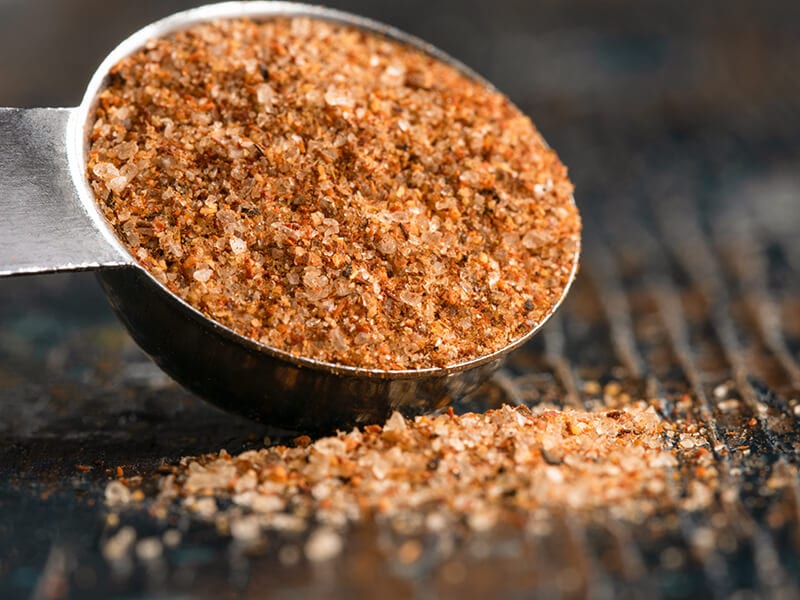
Be mindful of the spices used in cajun seasoning when using them as a replacement in a meal. Check the label to examine what ingredients are in your cajun seasoning and compare them to the other spices in the recipes.
To balance the taste of the cajun seasoning, you may need to lower the number of different components, such as salt, pepper, or garlic powder. Aside from that, for the best results, use the same quantity of cajun seasoning as you would have used smoked paprika.
Typically, you can directly replace cajun for smoked paprika with a 1:1 ratio.
If you are a fan of cajun seasoning, you can make it at home with this simple method.
Tomato Sauce
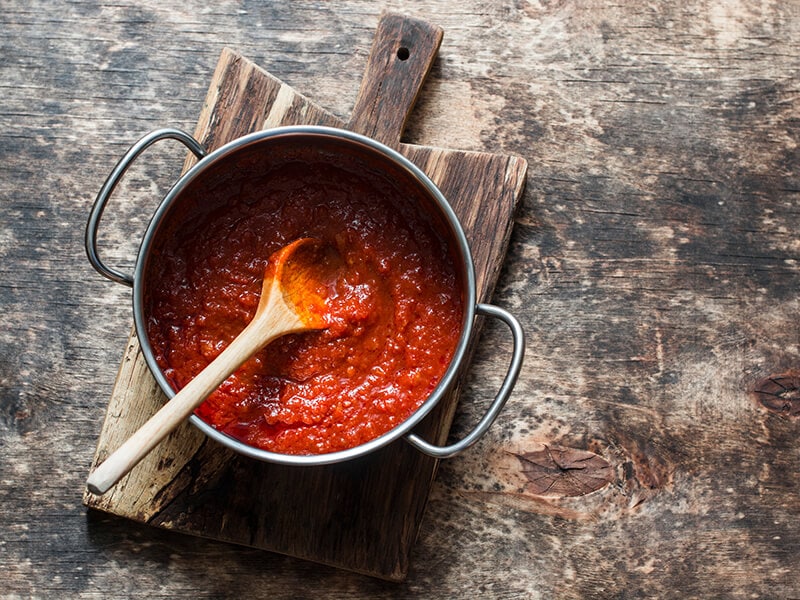
Tomato sauce is a fascinating alternative to smoked paprika, especially when your recipe needs a red color but not a smoky flavor. Tomato sauce brings out the fruitiness.
Nevertheless, you can add a little chili powder for a touch of smoky if that’s what you’re going for. It will provide a spicy and sweet flavor to your mixture.
Some people use tomato paste to enhance the taste of their soup, but it can alter the texture of the food. Instead of using tomato paste, tomato sauce is the better option.
You can combine 1 tablespoon of chili powder with 2 tablespoons of tomato sauce to replace 1 tablespoon of smoked paprika.
Smoked Sea Salt
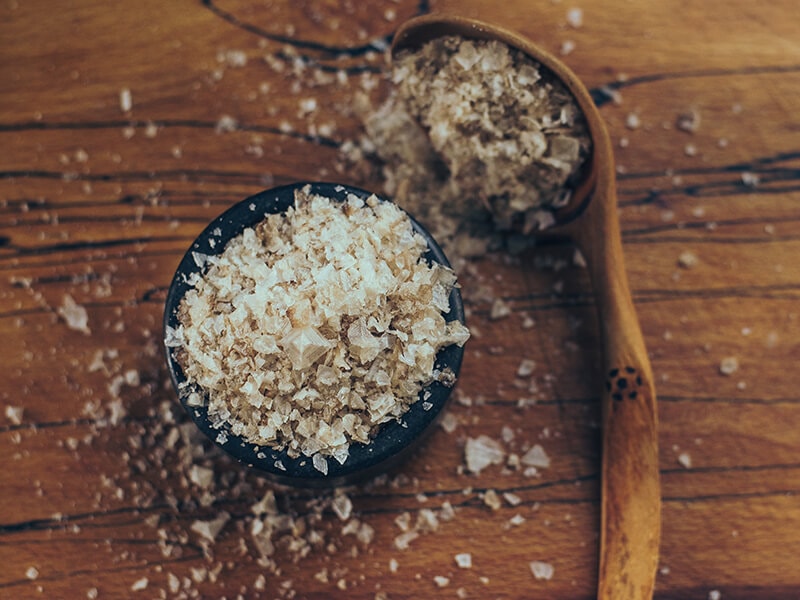
When replacing smoked paprika, remember the taste of different ingredients and how they affect the meal. As the meal is not excessively seasoned with other spices, smoked sea salt is an effective approach.
Using smoked sea salt will offer your food a smokiness and salty taste. However, it will not replicate the smoked paprika’s unique color or flavor. You may control smoked sea salt amounts to prevent your food from being over-salty.
You can add chili powder to the smoked sea salt for more heat. You may mix ¼ tablespoon of chili powder with ¾ tablespoon of smoked sea salt to substitute for 1 tablespoon of smoked paprika.
Garam Masala
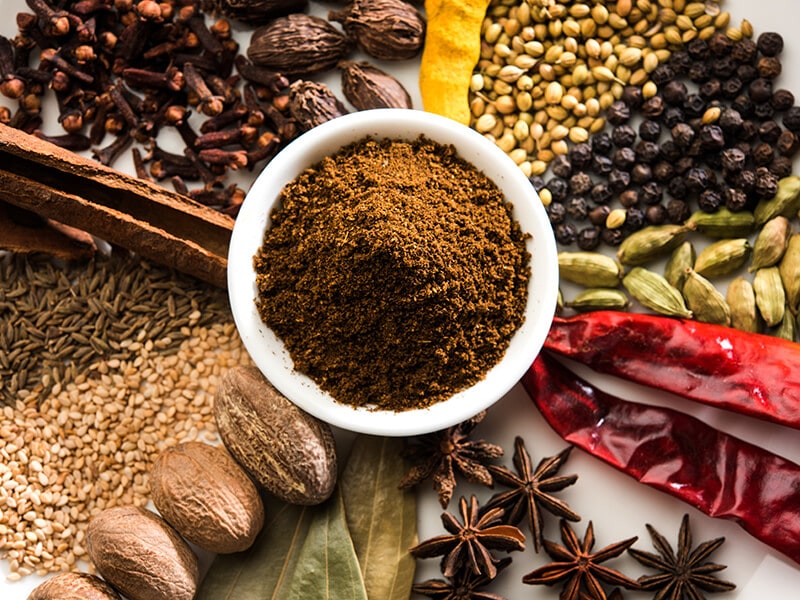
If you prefer Indian food, you probably have heard about garam masala. This spice combination varies but often includes cumin, cardamom, coriander, nutmeg, cloves, etc. Many meals benefit from its aromatic and savory addition.
Although smoked paprika and garam masala do not taste identical, this substitute has a comparable robust and smoky flavor with extra depth.
If a recipe asks for 1 tablespoon of smoked paprika, ½ tablespoon of garam masala is enough. You can adjust the quantity according to your need.
Cayenne Pepper
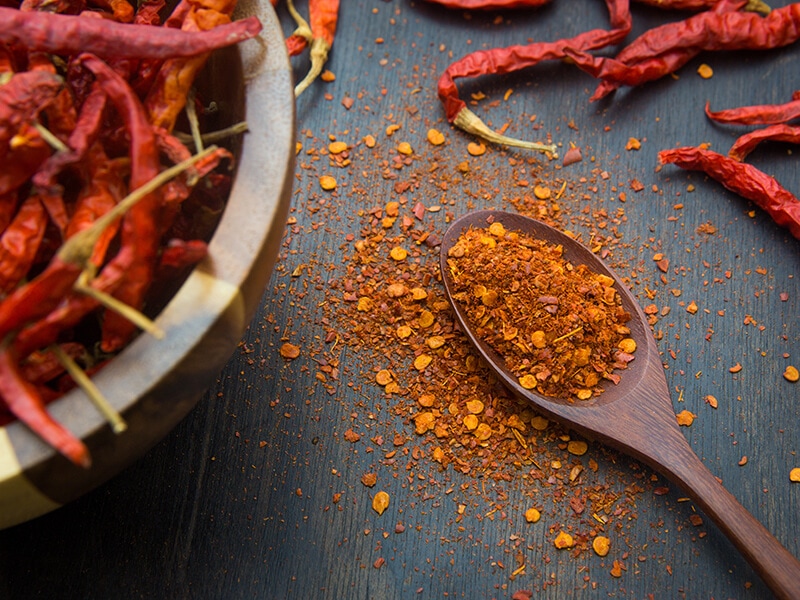
Due to the smokey taste of cayenne pepper, it may be a fantastic alternative to smoked paprika. Despite the absence of sweetness, cayenne pepper has a considerable degree of spiciness present in it. It also has an apparent flavor within.
It works well in marinades, soups, pizzas, desserts, etc. Because cayenne pepper has a strong taste, you should test its flavor first. You may use a tiny quantity, then gradually raise the amount until the flavor meets your needs.
To clarify, with each tablespoon of smoked paprika, you can use ¼ tablespoon of cayenne pepper instead.
The Simplest Way To Make Smoked Paprika At Home
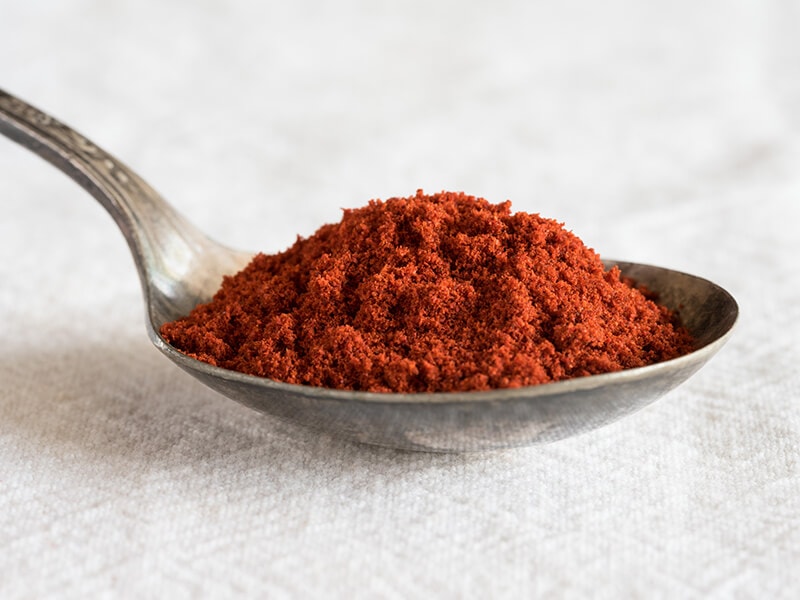
Besides using those substitutes for smoked paprika, you can also make them at home. Creating homemade smoked paprika is not a difficult task. You can follow the instructions below to learn better about that.
Step 1: Prepare Your Peppers
You may use red chili peppers for a mild and sweet flavor. You can employ any form of capsicum pepper to produce smoked paprika. However, sweet and tiny red pimento peppers are the classic version.
Combining red peppers with other peppers, such as yellow or orange peppers, will result in a distinct taste. Clean the peppers you want to use for smoked paprika. Rinse them in cold water and pat dry with a towel. If you have a dryer, it is also an option.
Step 2: Chopping The Peppers
Remove the pepper stems and seeds, then chop them in half. Larger peppers, such as bell peppers, should be cut into 4 to 8 slices. Remove any excess seeds and discard any white membrane.
You should wear gloves while chopping and preparing hot peppers for smoked paprika to prevent getting capsicum on your hands. Furthermore, avoid touching your face, particularly your eyes, as it may result in an unpleasant burning feeling.
Step 3: Smoke Them
Oak wood chips should be soaked for about 15 minutes or longer. After that, you may place them in a smoker. Both charcoal and electric smokers are good either way. You should arrange the peppers in the basket and then put them on the smoker’s grill.
You may smoke the peppers for about three hours at a temperature of 220℉ (104℃). Simply smoke the peppers for several hours before finishing the drying process in an oven or dehydrator. A charcoal grill may be used as a substitute for a smoker.
Step 4: Drying
Arrange the peppers on a baking sheet or dehydrator tray in a single layer. Place the tray in an oven or dehydrator. Choose a temperature of 125°F (52°C) and dry the peppers for 5 hours or until thoroughly dehydrated.
Assuming you use an oven, pick the lowest setting and check on the peppers every hour. With a dehydrator, set it to the appropriate dehydrating veggies mode.
A dehydrator should dehydrate the pepper for at least 5 hours. However, you can leave it up to 12 hours as you wish.
Since peppers tend to emit an intense stench, it’s a good idea to open windows and use a fan to ventilate the air. Assuming you have space, you can even set up a portable dehydrator outdoors.
Step 5: Grinding
Put the peppers in small batches into the electric blade-style coffee grinder. Cover with a lid, turn on the grinder, and ground the peppers until they are a fine powder.
Transfer the powder to a container or a bowl. You may continue this process until all of the peppers are pulverized. Choose the finest grinding option if your grinder has many settings.
Step 6: Filter The Pepper Powder
Pour the smoked paprika powder into a mesh sieve over a bowl. Break up any clump using a spoon for the best result.
Remove any big bits remaining in the sieve and place the powder in a basin. If there are a lot of larger clumps, you should mill the peppers again. Then, you may throw away any tiny fragments, such as skin scraps.
Step 7: Store It On A Jar
Keep your smoke paprika at room temperature, away from heat sources, such as the stove or sunshine. That would help to store it in a sealed container.
Paprika does not spoil. However, it does lose effectiveness with time, particularly when heated. Tightly sealing the powder in a container may help it last up to 6 or 8 months.
Uncover the simple way to materialize smoked paprika at home.
FAQs
These substitutes can help you at an unexpected moment, such as camping, when you don’t bring enough smoked paprika at hand. Nevertheless, you should skim through the extra information about these substitutes since they are also valuable.
Do You Want To Try Some Smoked Paprika Substitutes?
Smoked paprika is a well-known spice that most households usually store in their kitchens. Generally, smoked paprika is versatile and easy to work with.
Therefore, you will unlikely have a chance to use other substitutes. However, in some circumstances, when you want to try new spices, you can use them instead.
Are you satisfied with the information in this post? If you have any different viewpoints, you can explain your thoughts in the comment section below. I would like to discuss it with you. Moreover, please like and share the article to reach as many individuals as possible.
References
- Paprika (2022) Wikipedia. Wikimedia Foundation.
- Streit, L. (2019) 8 science-backed benefits of paprika, Healthline. Healthline Media.


